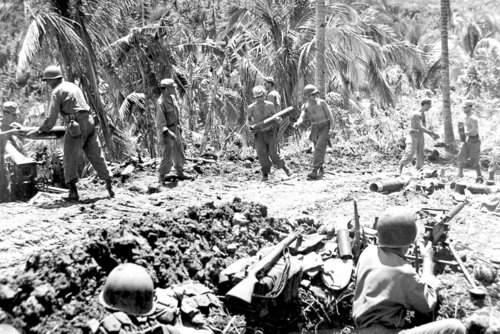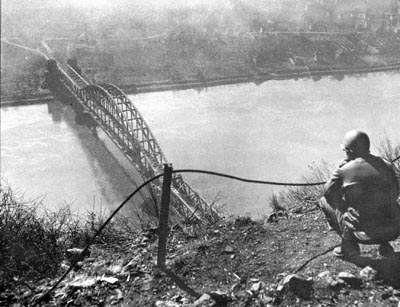
9 - 29 MARCH 1847 - SIEGE OF VERA CRUZ - #MexicanWar
Major General Winfield Scott, in command of a U.S. Army expeditionary force numbering 13,660 men, rendezvoused at Lobos Island late in February 1847.
#Armyhistory #USArmy #TRADOC #MilitaryHistory #VeraCruz #WinfieldScott
Major General Winfield Scott, in command of a U.S. Army expeditionary force numbering 13,660 men, rendezvoused at Lobos Island late in February 1847.
#Armyhistory #USArmy #TRADOC #MilitaryHistory #VeraCruz #WinfieldScott

On 2 March, the army sailed for Vera Cruz, convoyed by a naval force under Commodore Matthew C. Perry. Scott chose a beach nearly 3 miles south of the city, beyond the range of Mexican artillery, for the landing.
@USArmy @TRADOC @TradocCG @SecArmy @ArmyChiefStaff
@USArmy @TRADOC @TradocCG @SecArmy @ArmyChiefStaff
On the evening of 9 March more than 10,000 men went ashore in landing craft, consisting of 65 heavy surf boats. The troops advanced inland over the sand hills against little opposition from the enemy force of 4,300 Mexican troops ensconced behind the city's walls. 

By 22 March, the Army had seven 10-inch mortars ashore and emplaced about half a mile south of Vera Cruz, and the bombardment began that afternoon. The enemy guns in the town and fort replied, and it became apparent that the American mortars were ineffective.
Scott asked for and received six naval guns from Commodore Perry. The six weapons included three solid-shot firing 32-pounder long guns and three 8-inch ("Paixhans") chambered shell guns. The battery's fire soon breached the walls and demoralized the defenders. 

The Mexican commander asked for a truce to discuss surrender terms, which were agreed upon two days later. The city officially capitulated on 29 March 1847. The way was opened for the Army to advance on Mexico City.
• • •
Missing some Tweet in this thread? You can try to
force a refresh


















